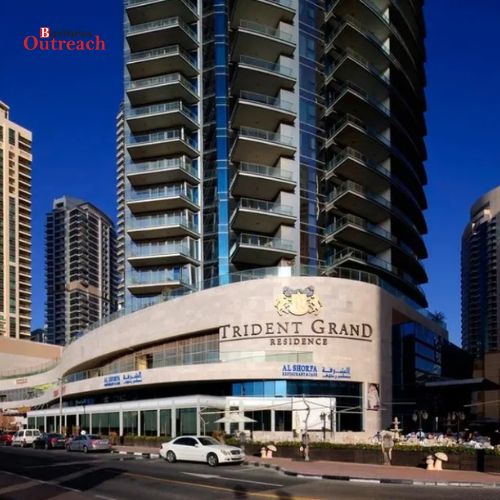At Friday’s close, the market value of all listed stocks of Adani Group stood at Rs 22.27 trillion (about $278 billion), higher than Tata Group’s Rs 20.77 trillion ($260 billion). Mukesh Ambani-led Reliance Group is in the third position with a market capitalization (market cap/value) of Rs 17.16 trillion ($220 billion).
Gautam Adani’s red-hot streak on Dalal Street continues with his group of companies overtaking the ones under the Tata umbrella to become India’s most valuable conglomerate.
At Friday’s close, the market value of all listed stocks of Adani Group stood at Rs 22.27 trillion (about $278 billion), higher than Tata Group’s Rs 20.77 trillion ($260 billion). Mukesh Ambani-led Reliance Group is in the third position with a market capitalization (market cap/value) of Rs 17.16 trillion ($220 billion).
The market value of the Ahmedabad-based group is for its nine listed firms starting with the family name Adani and also for the Ambuja Cements and ACC.
In comparison, Tata Group has 27 listed companies, of which Tata Consultancy Services (TCS) accounts for 53 percent of the conglomerate’s market capitalization. The Mukesh Ambani group has nine listed companies, but Reliance Industries (RIL) accounts for 98.5 per cent of the group’s market capitalization.
RIL, the oil-to-telecom major, is also India’s most valuable company with a market capitalization of Rs 16.91 trillion, followed by India’s largest software exporter TCS (market capitalization Rs 11 trillion). Adani Group’s wealth is well divided among its group firms, with Adani Transmission being the most valued Rs 4.57 trillion, accounting for only a fifth of the group market capitalization.
The gap between Mukesh Ambani and Adani has widened by 40 per cent. Ambani, with $91 billion net worth, is ranked eighth in the world.
Adani group stocks have been on a tear this year, with the share prices of four companies more than doubling — Adani Power is up 3.9 times, followed by Adani Transmission, which is up by 2.4 times, even in a weak and volatile market backdrop. On other hand, RIL has gained 5.5 percent and TCS has declined nearly 20 percent.
The meteoric rise in shares of Adani companies has been largely on account of valuation expansion and not so much on the back of earnings growth. Stocks like Adani Total Gas and Adani Green trade at over 700 times their earnings, while Adani Enterprises and Adani Transmission at more than 400 times.
By comparison, RIL and TCS command a price-to-earnings (PE) multiple of less than 30 times. This is despite the annual revenues of seven Adani firms being only a fraction of those of RIL and the combined top line of the listed Tata Group companies.
The seven listed Adani Group companies (excluding Ambuja Cements and ACC) reported combined revenues of Rs 2.02 trillion and net profits of Rs 13,423 crore in FY22.
The combined revenues and net profits of Ambuja and ACC were Rs 29,900 crore and Rs 2,780 crore, respectively, for CY2021. Their acquisition is expected to add 15-20 percent to Adani Group’s combined earnings in FY23.
In comparison, Tata Group’s listed companies’ combined consolidated revenues and net profits were Rs 8.6 trillion and Rs 74,523 crore in FY22, respectively. RIL, on the other hand, reported consolidated revenues of Rs 7.4 trillion and net profit of Rs 60,705 crore last financial year.
Starting his business journey as a trader from Ahmedabad, Gautam Adani, the 60-year-old founder of the group, diversified rapidly into various businesses. The group’s first major infrastructure project was a seaport in Mundra in Gujarat.















